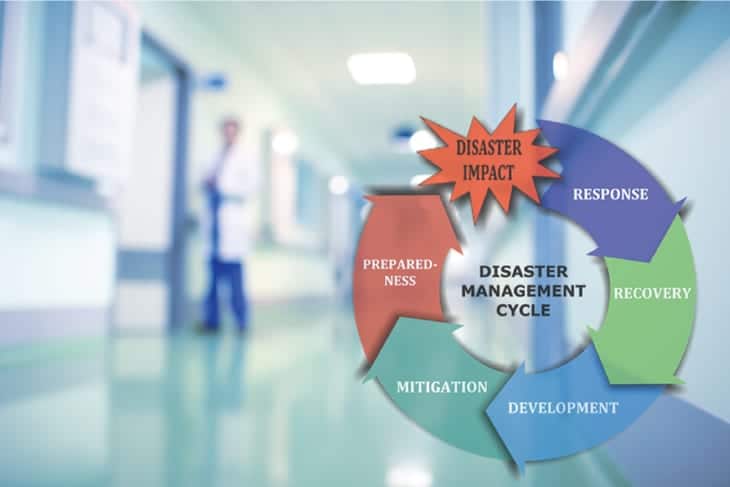
Written by Gearhart and Associates, LLC. for STARC Systems, Inc. Gearhart and Associates are industry experts in Infection Control Risk Assessment (ICRA) training, Infection Control and Prevention Strategies, and Facilities Risk Management.
Recent outbreaks have caused deaths ranking in the millions, along with devastating effects on economic and social structures. The 2003 SARs epidemic cost the global economy $54 billion alone (Time Magazine). While the experts say that another pandemic is likely to occur and are working tirelessly to predict it, it’s hard to know exactly when the next outbreak will take place.
“There are outbreaks that go undiagnosed.” says Peter Daszak, an epidemiologist with the research and conservation nonprofit EcoHealth Alliance. “My biggest fear is that we don’t do anything, and we discover these viruses the hard way by them emerging and killing people.”
According to the World Health Organization (WHO), a total of 8,098 people worldwide became sick with SARS during the 2003 outbreak. Of these, 774 died. In the United States, only eight people had laboratory evidence of SARS-CoV infection. There were no SARS-related deaths in the United States. All of these people had traveled to other parts of the world where SARS was spreading. SARS did not spread more widely in the community in the United States. The disease spread around the globe over a period of about eight months, with the outbreak peaking in April and May. By July 5, officials were able to declare that all chains of person-to-person transmission had been broken and that the outbreak had been contained.
Pandemic Preparedness Strategy and Implementation
The goal of infection control and pandemic preparedness is to reduce transmission, decrease hospital admissions, and lessen the negative economic and social impact of an outbreak in support of population health. This goal is achieved by proper planning and the development of effective Infection Control Risk Assessment (ICRA) protocols that include the utilization of innovative products and technologies.
In the healthcare setting, an Infection Preventionist (IP) is responsible for ensuring that the products and technologies being used in the healthcare facility are adequate to perform the necessary containment and disinfection. The IP must assess and identify potential areas of compromise and work with environmental services, facilities management, general contractors, and sometimes outside restoration and remediation teams to develop an effective Infection Control Risk Management (ICRA) protocol.
The same is true in establishing an emergency preparedness protocol. As a response to the recent Ebola outbreak, many US hospitals were driven to prepare for the admission of Ebola patients as the CDC designated Ebola assessment hospitals. Not only were they required to admit patients, but they also had to transport patients. Emergency Preparedness Directors were responsible for identifying contained clean areas for not only patient assessment but also for designated assessment tools and equipment such as temporary containment and disinfection/sterilization products. These tools were required to remain in the contained clean space throughout the CDC Ebola assessment hospital initiative.
The Solution: STARC Systems Temporary Walls
STARC temporary containment walls are cleanable, rapidly deployed, reusable, and easy to store and transport, and are a game changer in both infection control and emergency pandemic preparedness because they exceed ICRA Class IV requirements. With the risk of an outbreak on the rise, the STARC system allows for the staff to be quick and flexible as unexpected changes occur during emergency situations.
In a recent Time Magazine article, Dr. Ashish Jha, director of the Harvard Global Health Institute, had this to say: “The one that is most likely to occur over the next 10 years is a pandemic.” We can’t predict the future, but we can certainly prepare for it.
